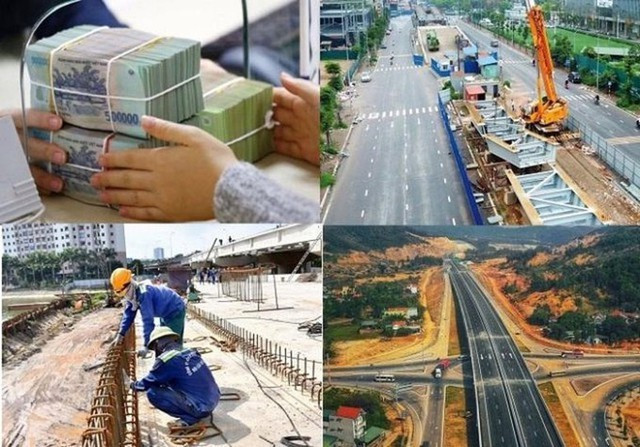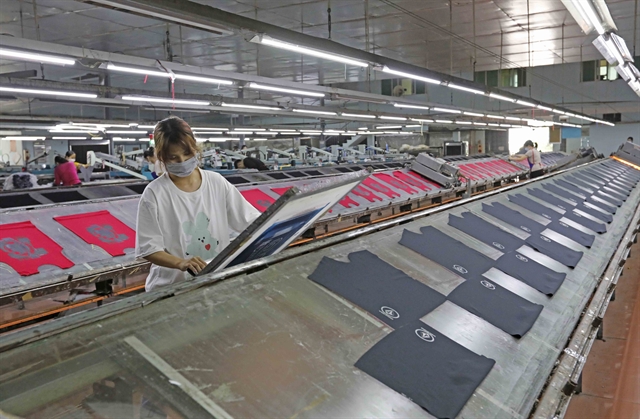 Economy
Economy


|
| Production lines of An Phú Printing and Packaging Co in Hưng Yên Province. — VNA/VNS Photo Trần Việt |
HÀ NỘI — Việt Nam's index of industrial production (IIP) in February increased 5.1 per cent month-on-month and 3.6 per cent year-on-year, according to the General Statistics Office (GSO).
However, the GSO said the IIP saw a yearly decline of 6.3 per cent in the first two months due to global economic challenges, high inflation in many countries and drops in export orders and turnover, the GSO said.
Earlier this week, the GSO announced a year-on-year decline of 10.4 per cent in the country's two-month export turnover at an estimated $49.44 billion. Its imports also recorded a yearly decline of 16 per cent to US$46.62 billion during the period.
During the period, the processing and manufacturing industry saw the most significant IIP drop with 6.9 per cent. The electricity generation and distribution sector followed it with 5.2 per cent and the mining industry with 3.8 per cent. Meanwhile, water supply, waste-water treatment and management activities recorded an IIP increase of 2.3 per cent.
Key industrial products that recorded substantial declines in two months included automobiles, down 18.3 per cent; angle steel (15 per cent); clothing (14 per cent); fabrics (13 per cent); motorbikes (12 per cent), mobile phones (10 per cent); powdered milk (8 per cent) and exploited crude oil (6 per cent).
Among localities that experienced a significant decrease in industrial production were Quảng Nam (39 per cent); Bà Rịa-Vũng Tàu (18 per cent); Vĩnh Long (16 per cent); Sóc Trăng (15 per cent); Đà Nẵng (10 per cent); Bắc Ninh (9 per cent) and Quảng Ngãi (8.5 per cent).
On the contrary, several provinces saw a remarkable hike in industrial production, such as Hậu Giang (208 per cent); Thái Bình (75 per cent); Quảng Trị (41 per cent); Tuyên Quang (26.3 per cent;) Hải Phòng (15 per cent); Hải Dương and Phú Thọ (14 per cent).
As of February 1, the GSO said the number of employees working in industrial enterprises increased 0.5 per cent month-on-month but decreased 1.1 per cent year-on-year.
The office suggested the State and ministries, and localities help businesses overcome difficulties in product consumption. Top priority should be given to strengthening trade promotion activities, searching for and expanding export markets, offering tax support and stimulating domestic consumption so that the industrial sector could continue to be the growth engine of the economy in 2023.
Previously, S&P Global Market Intelligence delivered an optimistic forecast of Vietnamese industrial production in 2023.
“The loosening of COVID-19 restrictions in Mainland China, plus signs that downturns in Europe and the US may be less severe than feared, provided optimism that growth in Việt Nam could be around the corner. Indeed, business confidence improved to a three-month high at the start of the year. S&P Global Market Intelligence is forecasting a rise in industrial production of 6.6 per cent in 2023," said Andrew Harker, Economics Director at S&P Global Market Intelligence.
The S&P Global Vietnam Manufacturing Purchasing Managers' Index (PMI) rose above the 50 no-change mark in February, indicating a renewed strengthening in the manufacturing sector's health following three months of decline.
At 51.2, the index was up from 47.4 in February, indicating an improvement in business conditions. — VNS




